$599.99
Leopard ball python for sale are some of the most stunning and sought-after morphs in the ball python world. Whether you’re just getting into reptiles
LEOPARD BALL PYTHON FOR SALE
Everything You Need to Know About Leopard Ball Pythons
Leopard ball pythons are some of the most stunning and sought-after morphs in the ball python world. Whether you’re just getting into reptiles or already have some experience, these snakes stand out thanks to their striking patterns and calm demeanor. In this guide, we’ll walk you through everything you need to know about owning, caring for, and even breeding leopard ball pythons. Plus, we’ll touch on popular variations like the pastel leopard ball python and banana leopard ball python.
What is a Leopard Ball Python?
The leopard ball python is a type of ball python (Python regius) that has a specific morph, or genetic mutation, affecting its color and pattern. This morph creates darker, more intense patterns that often look like spots or blotches—hence the name “leopard.” These markings give them a unique and exotic appearance that makes them popular with snake enthusiasts.
Ball pythons, including the leopard morph, are native to West and Central Africa, where they live in savannas and grasslands. They’re relatively small compared to other python species, usually growing to about 3 to 5 feet long. Their manageable size, coupled with their docile nature, makes them a great choice for both beginner and experienced reptile owners.
Leopard Ball Python for Sale
When you’re looking for a **leopard ball python for sale**, it’s important to buy from a reputable breeder or pet store. Healthy and well-bred snakes are not only easier to care for but also tend to live longer and have fewer health issues. At **newyorkreptiles.com**, we take pride in offering high-quality, captive-bred leopard ball pythons. Each snake is carefully handled to ensure it’s well-adjusted and accustomed to human interaction, which makes the transition to a new home much smoother.
If you’re thinking about buying a leopard ball python, check for clear eyes, a healthy weight, and smooth scales. It’s always best to avoid snakes that seem lethargic, have stuck shed, or show signs of respiratory issues like wheezing or gaping.
Caring for Your Leopard Ball Python
One of the reasons ball pythons are so popular is their relatively easy care requirements. However, it’s still important to provide the right environment and care to keep your leopard ball python happy and healthy.
Enclosure Size
For a juvenile leopard ball python, a 20-gallon tank is usually enough. As they grow, you’ll need to upgrade to at least a 40-gallon tank for an adult. Ball pythons are naturally shy, so make sure to provide plenty of hiding spots using logs, hides, or even cardboard boxes. Enclosures can be made from glass or plastic, as long as they’re well-ventilated.
Substrate
The substrate, or bedding, should be easy to clean and hold humidity without being too damp. Options like aspen shavings, cypress mulch, or reptile carpet are great choices. Avoid cedar or pine as they can be harmful to your snake. Clean the enclosure regularly, removing waste and changing out the substrate when needed to keep everything fresh.
Temperature and Humidity
Leopard ball pythons, like all ball pythons, are ectothermic, meaning they rely on external heat sources to regulate their body temperature. You’ll need to create a temperature gradient in their enclosure: the warm side should be around 88-92°F, and the cooler side should be about 75-80°F. During the night, it’s fine if temperatures drop a bit, but they shouldn’t go below 70°F.
Humidity levels should be kept between 50-60%, with a slight increase when your snake is shedding. If the enclosure gets too dry, mist it lightly with water.
Feeding
Leopard ball pythons are carnivorous and mainly eat rodents. Hatchlings will need to eat one small mouse every 5-7 days, while adults can be fed one appropriately sized rat every 7-10 days. It’s important to feed prey that’s no larger than the thickest part of your snake’s body to avoid choking or digestive issues.
Handling
Leopard ball pythons are generally very docile and can tolerate handling well. When you first get your snake, it’s a good idea to let it settle in before handling. Start with short sessions of about 10-15 minutes a few times a week. Avoid handling your python right after feeding or during shedding periods to minimize stress.
Morph Variations: Pastel Leopard Ball Python and Banana Leopard Ball Python
One of the exciting things about ball pythons is the sheer variety of morphs available. The **pastel leopard ball python** and **banana leopard ball python** are two popular variations that add even more stunning color and pattern combinations to the mix.
Pastel Leopard Ball Python
The **pastel leopard ball python** combines two genetic traits: the pastel and the leopard morph. The pastel gene brightens up the snake’s overall color, making the leopard pattern even more vibrant and noticeable. This morph often results in a high-contrast snake with lighter yellows and golds, making it a real show-stopper.
Pastel leopard ball pythons are highly valued not only for their beauty but also for their breeding potential. When paired with other morphs, these snakes can produce an even wider array of unique and visually striking offspring.
Banana Leopard Ball Python
The **banana leopard ball python** is another fan favorite. This morph is the result of mixing the banana and leopard genes. The banana gene adds stunning yellows and oranges to the snake’s appearance, while the leopard gene enhances the pattern. The result is a bold, colorful python with vibrant hues that often intensify as the snake matures.
Banana leopard ball pythons are known for their unique coloring and friendly disposition, making them a top choice for both collectors and first-time owners who want a visually striking snake.
Breeding Leopard Ball Pythons
If you’re thinking about breeding ball pythons, leopard ball pythons are a great option. They’re popular for their bold patterns and can be combined with a variety of other morphs to produce stunning offspring.
Choosing Breeding Pairs
When selecting breeding pairs, make sure both snakes are healthy and at the right size and age. Female ball pythons should be at least 3 years old and weigh over 1,500 grams before breeding, while males can start breeding as early as 18 months. Combining leopard ball pythons with morphs like pastel or banana can result in highly desirable offspring with unique color patterns.
Breeding Season
Ball pythons typically breed during the cooler months, from November to March. To encourage breeding, you can mimic seasonal temperature drops in the snake’s enclosure. After mating, females will lay a clutch of eggs, which can range from 4-10 eggs depending on her size and health.
Incubation and Hatchlings
Once the eggs are laid, they should be incubated at around 88-90°F with high humidity (around 90-100%). After 55-60 days, the eggs will hatch, and you’ll have a new generation of leopard ball pythons! Hatchlings usually begin feeding after their first shed, which occurs about a week after hatching.
Why Leopard Ball Pythons Make Great Pets
Leopard ball pythons are one of the best snake options for both beginner and seasoned reptile enthusiasts. Here’s why:
1. **Manageable Size**: Unlike larger python species, ball pythons remain fairly small, which makes them easier to house and handle.
2. **Calm Temperament**: Leopard ball pythons are known for being gentle and easy to handle, making them a great choice for families or anyone new to snakes.
3. **Unique Appearance**: The leopard pattern is striking, and when you add in variations like the pastel leopard ball python or banana leopard ball python, you get even more exciting visual possibilities.
4. **Easy Care**: Once you have the right setup, leopard ball pythons are relatively low-maintenance. As long as you keep their environment clean and provide the right temperature and humidity, they’re easy to care for.
5. **Breeding Opportunities**: If you’re interested in breeding, leopard ball pythons offer a great starting point. Their genetic makeup allows for endless combinations with other morphs, giving you the chance to create some truly unique snakes.
Conclusion
ball pythons are a fantastic option for anyone looking to add a beautiful, manageable, and docile snake to their collection. Whether you’re drawn to the classic leopard ball python or prefer the vibrant colors of the **pastel leopard ball python** and **banana leopard ball python**, these morphs are sure to impress.
At **newyorkreptiles.com**, we offer high-quality leopard ball pythons for sale, along with expert advice on how to care for and breed these amazing animals. Explore our collection and find the perfect leopard ball python to join your reptile family!
Be the first to review “Leopard Ball Python – Exotic Pets for Sale” Cancel reply
Related products
SNAKES

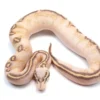
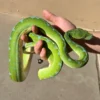
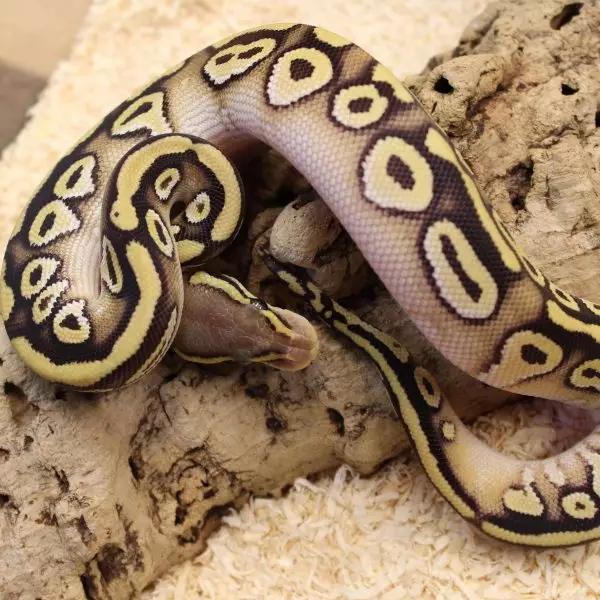
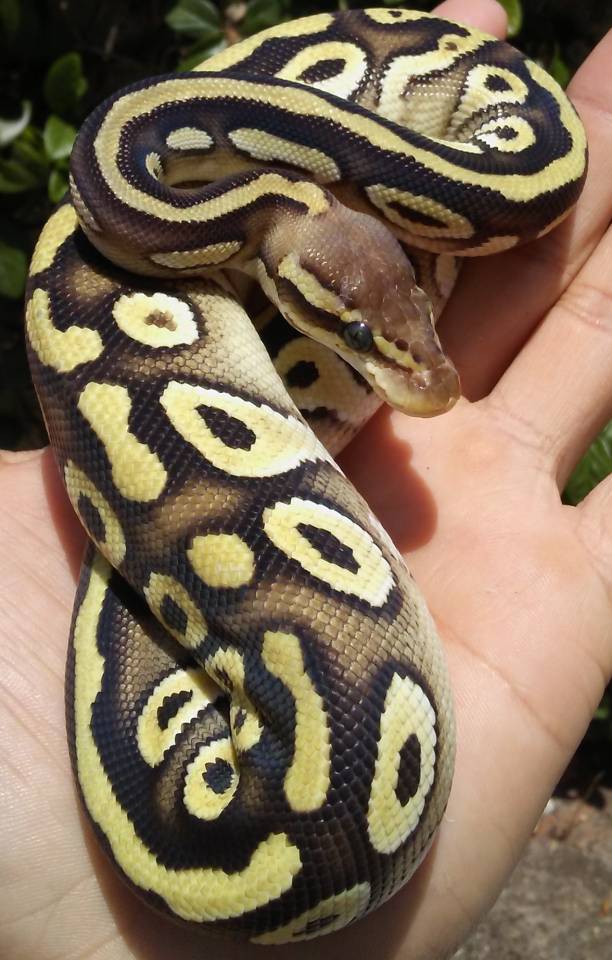
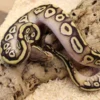

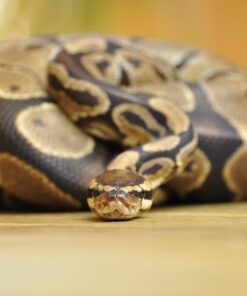
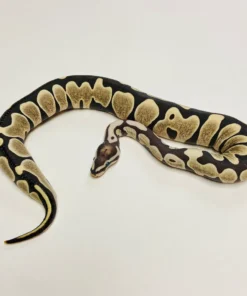
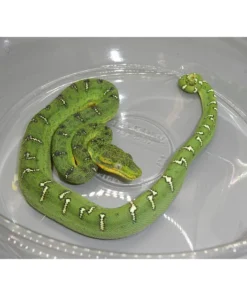

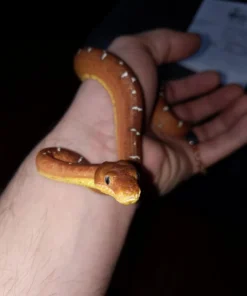
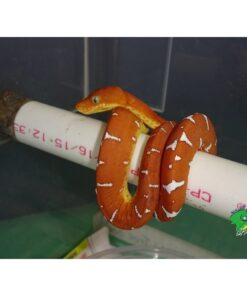
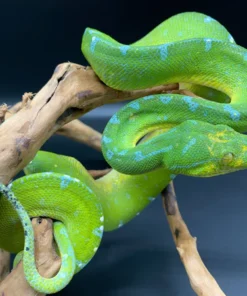
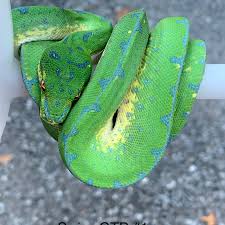
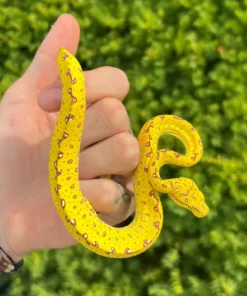

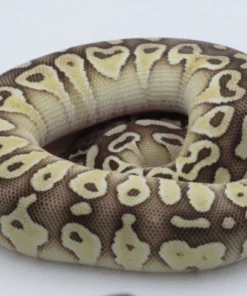
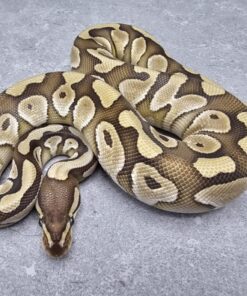

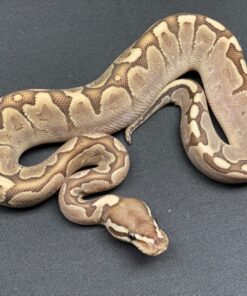
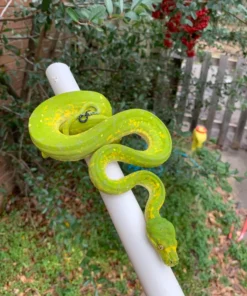
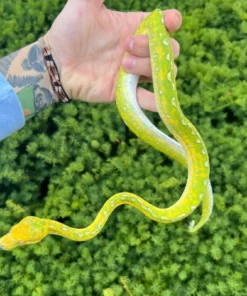
Reviews
There are no reviews yet.